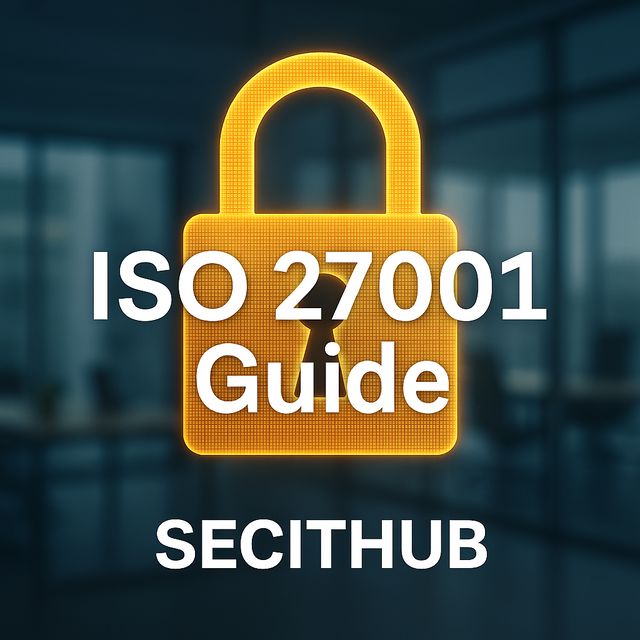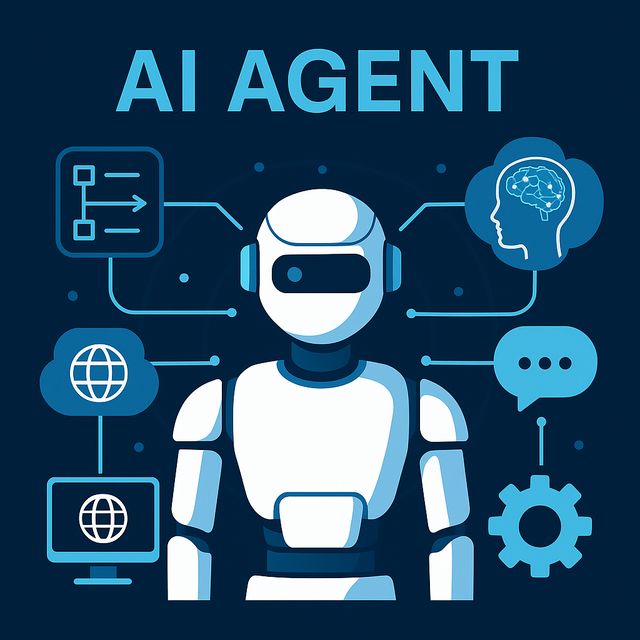Organizations can minimize cyber risks by embedding security controls at every stage of software development. Here’s how:
Secure Architecture & Design
Implement Zero Trust security models.
Enforce least privilege access (LPA) for developers and admins.
Integrate Threat Modeling early in the development process.
Secure Coding Practices
Enforce secure coding guidelines (OWASP Top 10).
Implement code reviews and static application security testing (SAST).
Use memory-safe languages like Rust instead of C/C++.
Continuous Security Testing
Perform penetration testing (pen-testing) on applications.
Automate dynamic application security testing (DAST).
Monitor for runtime security anomalies with extended detection and response (XDR).
Data Protection & Encryption
Encrypt data at rest and in transit using AES-256.
Use tokenization and hashing for sensitive information.
Secure secrets management with vault-based solutions.
Compliance & Governance
Adhere to GDPR, HIPAA, PCI-DSS, and ISO 27001 security standards.
Maintain audit trails for regulatory reporting.
Conduct third-party security risk assessments.
Who Is Responsible for Software Security
Cybersecurity in software development is a shared responsibility across multiple teams:
Developers & Engineers
Follow secure coding best practices.
Use automated security tools during development.
Regularly update third-party libraries.
Security Teams & CISOs
Perform risk assessments & vulnerability scans.
Define security policies & governance models.
Implement Identity and Access Management (IAM) solutions.
DevOps & IT Operations
Automate infrastructure as code (IaC) security.
Secure CI/CD pipelines against supply chain threats.
Continuously monitor cloud security configurations.
Executives & Compliance Officers
Ensure cybersecurity investments align with business goals.
Oversee regulatory compliance & risk management.
Establish a cybersecurity culture across the organization.
Case Study: SolarWinds Supply Chain Attack (2020)
Attack Overview
Attackers infiltrated SolarWinds’ software development process, injecting malware (SUNBURST) into Orion IT updates.
18,000+ organizations, including Microsoft, FireEye, and U.S. government agencies, were impacted.
Security Failures:
Lack of software supply chain security controls.
No anomaly detection in build environments.
Weak zero-trust enforcement for internal systems.
Lessons Learned & Solutions:
Implement code signing & cryptographic integrity checks.
Use AI-driven anomaly detection in software pipelines.
Adopt SBOMs & DevSecOps to prevent future supply chain breaches.
Why Cybersecurity Is Non-Negotiable in Software Development
With cyberattacks becoming more sophisticated, organizations must embed security at every stage of software development.
Key Takeaways
- Cyberattacks cost billions—organizations cannot afford to neglect security.
- Security-by-design is essential to prevent vulnerabilities before deployment.
- Regulatory compliance (GDPR, PCI-DSS, HIPAA) is mandatory for data protection.
- Secure coding, continuous testing, and Zero Trust improve security resilience.
- Case studies like SolarWinds highlight the catastrophic impact of weak security.
Final Thought: Software security is no longer optional—it is mission-critical for protecting businesses, users, and the global digital ecosystem.
FAQs: Software Security in Cybersecurity
Why is security crucial in software development?
Software security prevents cyberattacks, data breaches, and regulatory fines, ensuring business continuity and user trust.
What are the biggest threats to software systems?
Common threats include injection attacks, supply chain compromises, ransomware, and API exploits.
How can developers write secure code?
Follow OWASP best practices.
Use code reviews & automated security testing.
Encrypt sensitive data and harden APIs.
Who is responsible for software security in an organization?
Security is a shared responsibility involving developers, security teams, DevOps, IT, and executives.
How can companies defend against supply chain attacks?
Implement code signing & dependency scanning.
Use Zero Trust models & anomaly detection.
Secure CI/CD pipelines from unauthorized modifications.
References
What Is Secure Software Development Lifecycle (Secure SDLC) – Palo alto
Security Development Lifecycle (SDL) Practices – Micorosft


